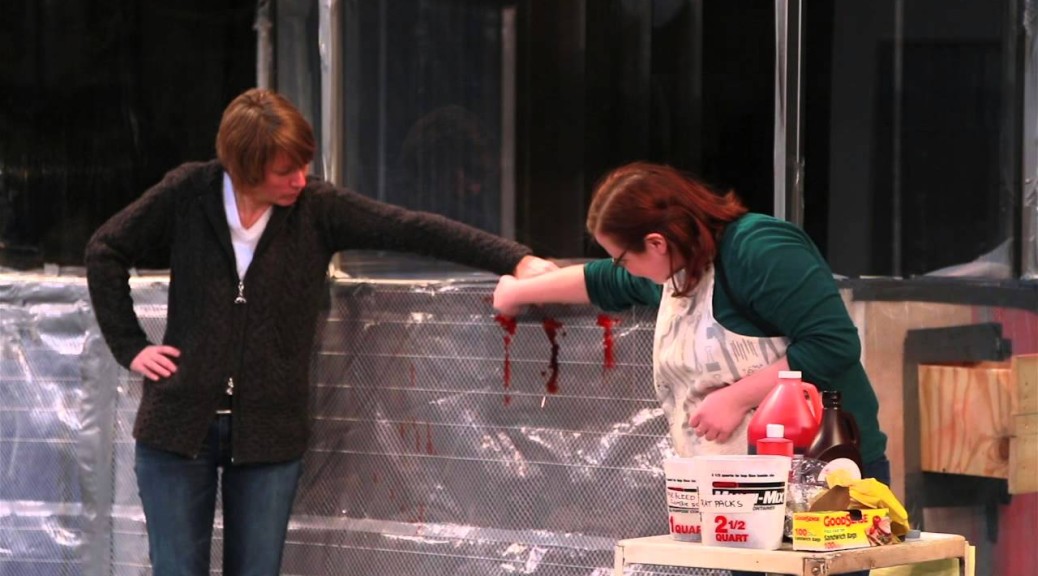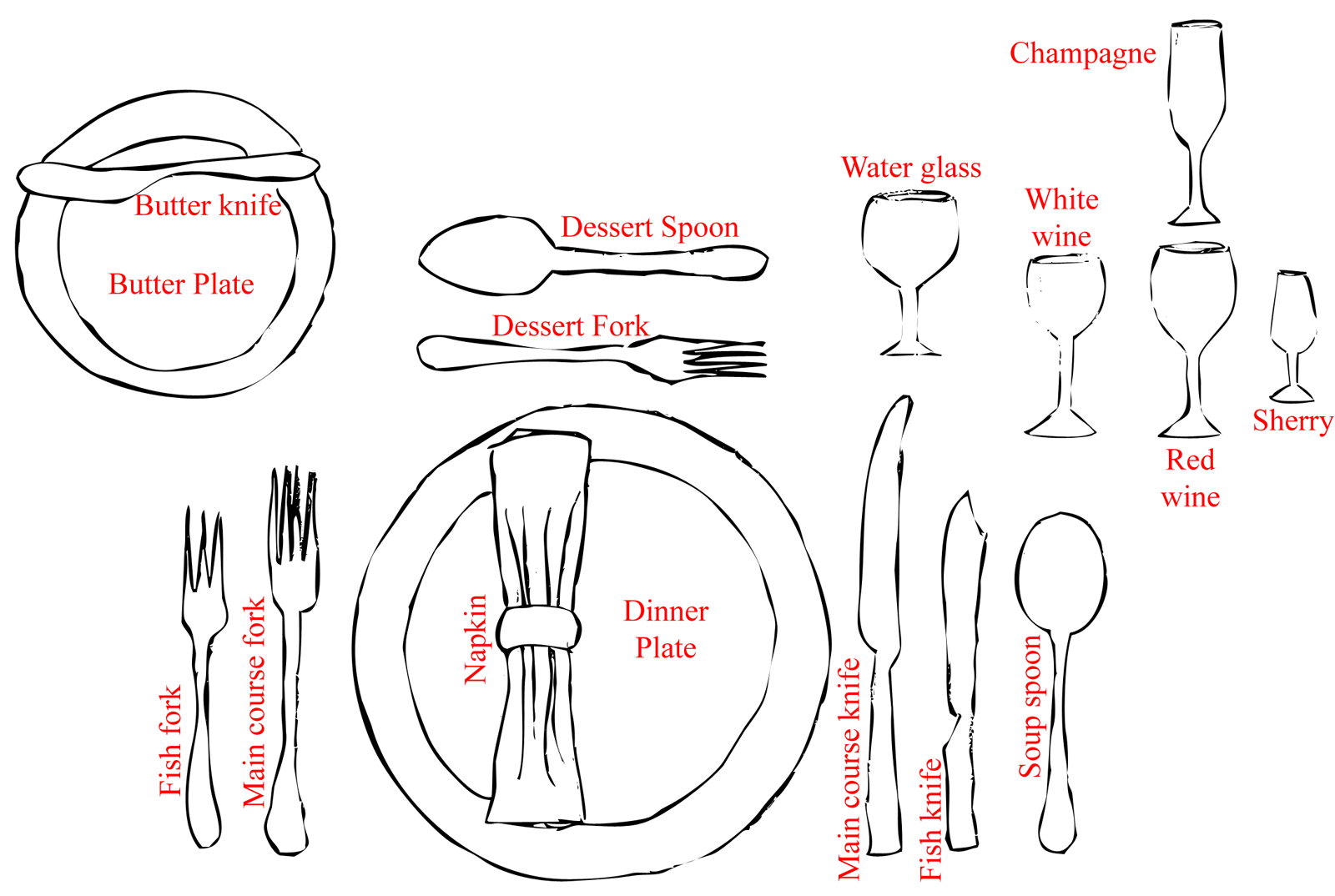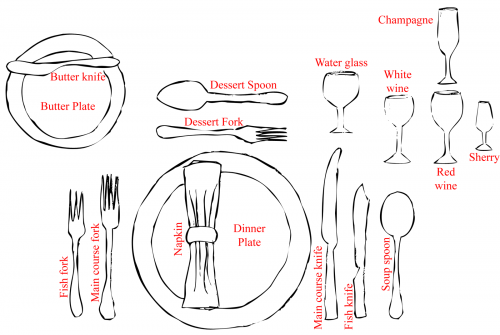The following comes from a column called “Some Theatrical Observations”, written by Adolph Klauber, and first appearing in the April 26, 1903, issue of The New York Times. Besides being a humorous story (and a reminder to maintain consistency with the props), it also details an interesting props solution for eating a lot of tarts. I’ve heard this same method was used to make dumplings eaten by Carol Channing in the 1964 production of Hello Dolly, but this article predates that by over sixty years.
On one occasion when James. T. Powers was a member of a traveling company he had a scene in which he was obliged to simulate the eating of a dozen or so of jelly tarts in the shortest possible time. When the tarts were properly prepared, the comedian could make way with them easily, and the act never failed to create much amusement. Indeed, Powers was so sure of his laughs at this particular part of the play that he always looked forward to it as a bright particular spot in the performance.
It was the duty of the property man to make the tarts for each performance by pasting together thin strips of tissue paper, adding a daub of jelly to the tops. The paper used was so thin that the tarts would collapse with the slightest moisture, and Mr. Powers could easily store away a dozen or more of them in his cheek.
One night Powers discovered that some of his friends were seated in front, and he was more than usually anxious to make a hit. He longed for the tart-swallowing moment and eventually it came. He seized the dish containing the tarts and hurriedly crammed a number of them in his mouth before he discovered that the property man had used stiff wrapping paper for preparing the dainties and they failed to collapse as usual.
The result was a highly realistic choking scene that was not a part of the business of the piece, and, when the comedian finally managed to dislodge the thick wad of paper from his mouth, there were some laughs both before and behind the footlights that were not usual to the piece.
Written by Adolph Klauber, first published in The New York Times, April 26, 1903.



